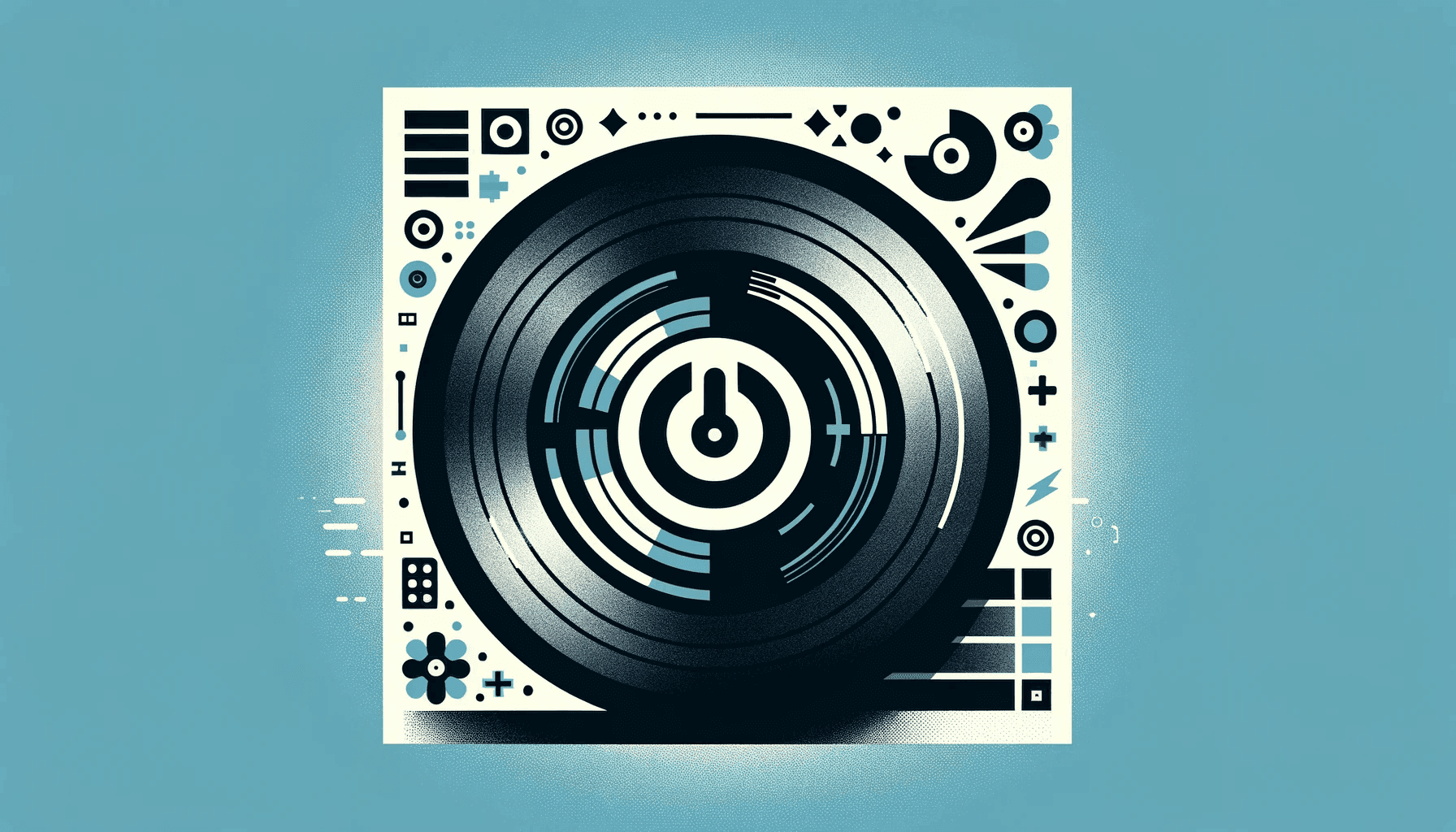The Surprising Truth Why Your Phono Preamp Has No Power Button!
By HiFi Editorial9 January 2026

Key Highlights
Phono preamps often lack power buttons to maintain thermal equilibrium for optimal performance.
Simplified design avoids signal degradation by reducing unnecessary components like switches.
Many preamps auto-power via signal detection or external component control, eliminating manual operation.
In the nuanced world of vinyl playback, phono preamplifiers play a pivotal role. These devices, often simply referred to as phono preamps, are tasked with amplifying the faint signal from a turntable to a level that's usable for a standard amplifier or audio receiver. A question that often arises among audiophiles and vinyl enthusiasts is about the power management of these preamps: Why do many lack a power button, and is it reasonable to turn them on and off?
The Case for Omission of Power Buttons
Phono preamps typically forgo the inclusion of a power switch for several reasons:



